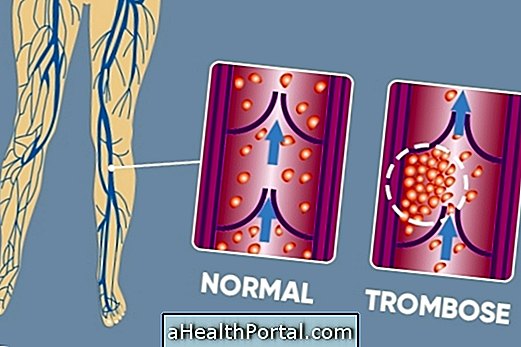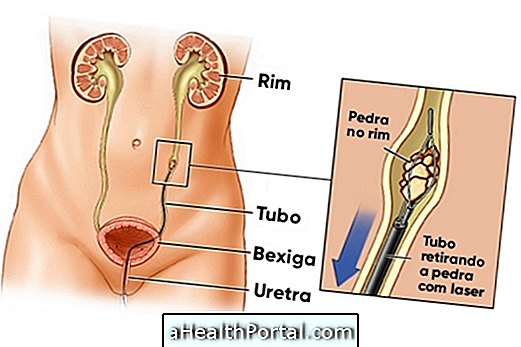A liquid biopsy is an examination that can detect small pieces of DNA from the tumor in a person's blood sample and is considered an innovative examination that may in the future replace the conventional biopsy in which it is necessary to remove a sample of the fabric. Learn more about biopsy.
This examination is non-invasive, as it does not require cuts or surgeries, and works as an excellent alternative for patients in whom the biopsy is not possible, due to a difficult tumor location or insufficient amount of tissue, for example, being also very useful to follow the evolution of the disease or to monitor the treatment applied.
The liquid biopsy is done in laboratories of clinical analysis that contain the examination, after the doctor's request. This examination is still recent, requiring the use of technology to detect genetic material and, therefore, can cost up to about $ 1, 000, depending on the laboratory and the place where it is made.

What is it for
Liquid biopsy is indicated to identify DNA fragments of some types of cancer, since the genetic material of cancer cells is different from that found in normal cells, and as the cancer develops, this DNA becomes present in the blood.
This test is not yet capable of replacing the conventional biopsy for the initial diagnosis of cancer, being performed mainly for the monitoring and control of the tumor, also allowing the choice of treatments more effective and with fewer reduced side effects.
The liquid biopsy makes it easier and more practical to follow the cancer patient, reducing the need for biopsies, which despite being safe, cause discomfort, the need for anesthesia and the risk of infection. Some of the types of cancer that may already be identified in this way include non-small cell lung cancer, in addition to colorectal, pancreatic, metastatic melanoma, or thyroid tumors, for example.
The liquid biopsy is also used to indicate the best medicine for a particular type of cancer, to identify recurrence and to indicate the need for complementary treatment after removal of the tumor. That is, after removal of the tumor, this test is requested to verify if there is still circulating tumor DNA in the body, which may be a sign of metastasis or relapse.
However, in the absence of circulating tumoral genetic material, the person does not need to undergo radiotherapy or complementary chemotherapy, which is usually what happens with the objective of decreasing the chances of recurrence, and is thus not exposed to the side effects of this type of treatment . See the side effects of chemotherapy.
How is it done?
The liquid biopsy is done by collecting a patient's blood sample, which will be analyzed in the laboratory by means of genetic tests capable of detecting the tumor-specific DNA investigated. In addition, this exam can be done in conjunction with other such as computed tomography, MRI or other blood tests, which help to track and indicate best forms of treatment for each person. Check out the top exams that help identify and confirm different types of cancer.
Advantages of Liquid Biopsy
Some of the major advantages of net biopsy compared to traditional biopsy include:
- Less invasive and less painful, as surgical removal of a part of the organ affected by the tumor may be unnecessary;
- It especially facilitates the diagnosis and monitoring of cancer in the organs;
- Less chance of complications such as infections, pain and bleeding;
- It can allow to carry out a personalized treatment.
In addition, this examination facilitates the monitoring and control of cancer, as well as helping to tailor treatment and anticipate the emergence of resistant tumor cells.
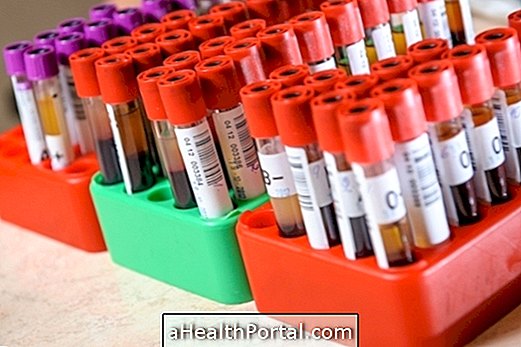


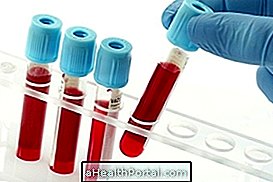

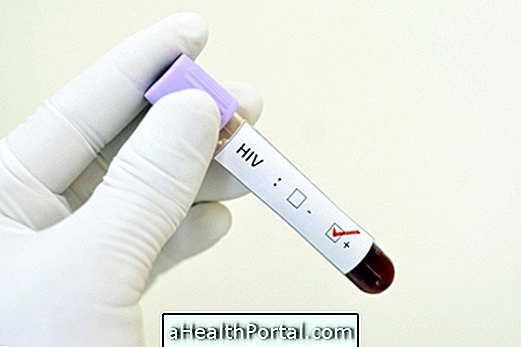












-o-que--quando-fazer-e-como-funciona.jpg)

